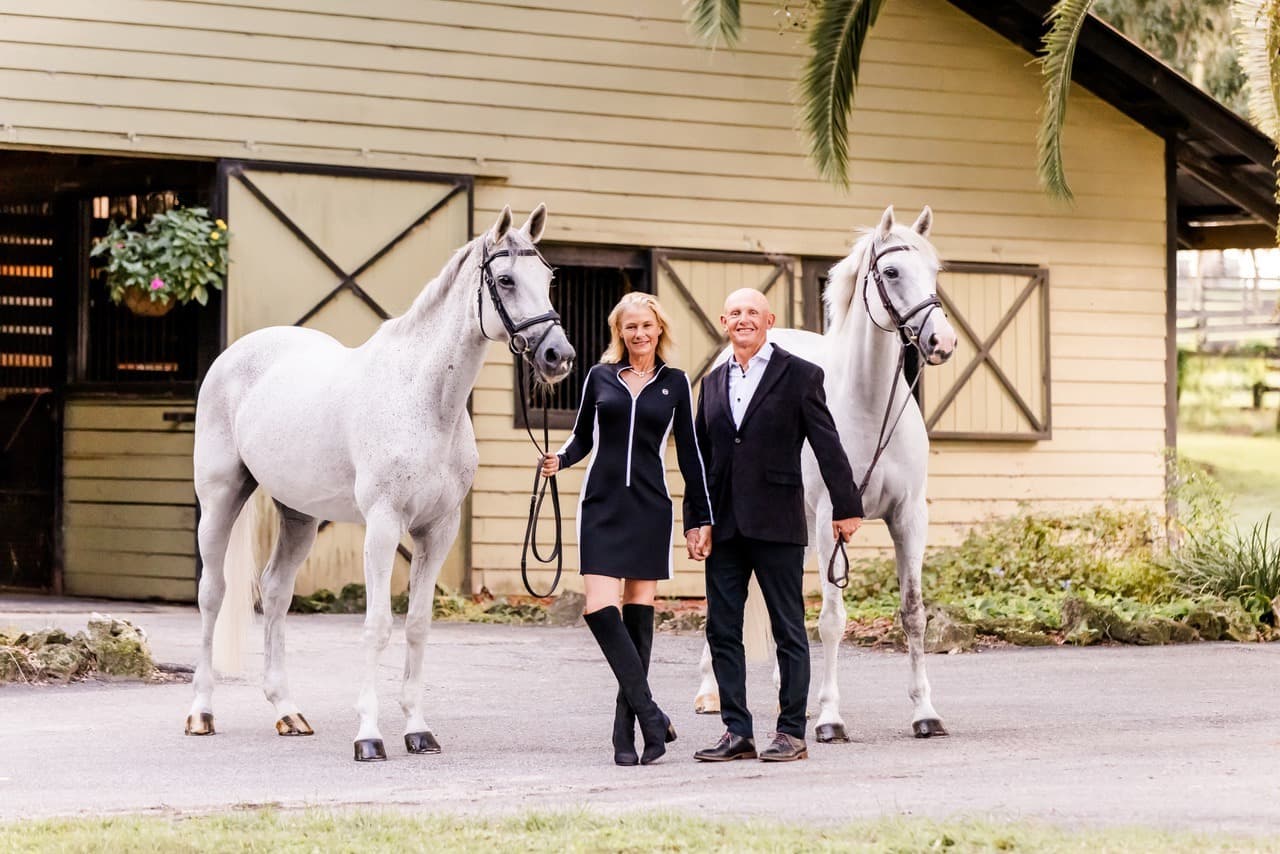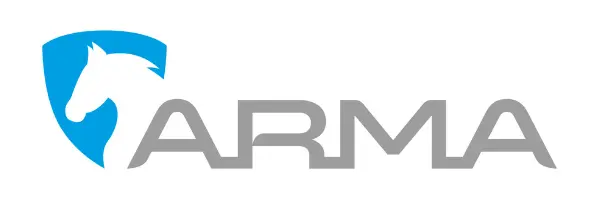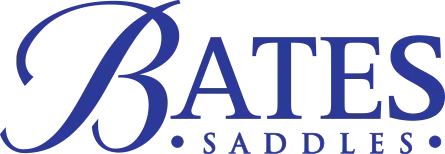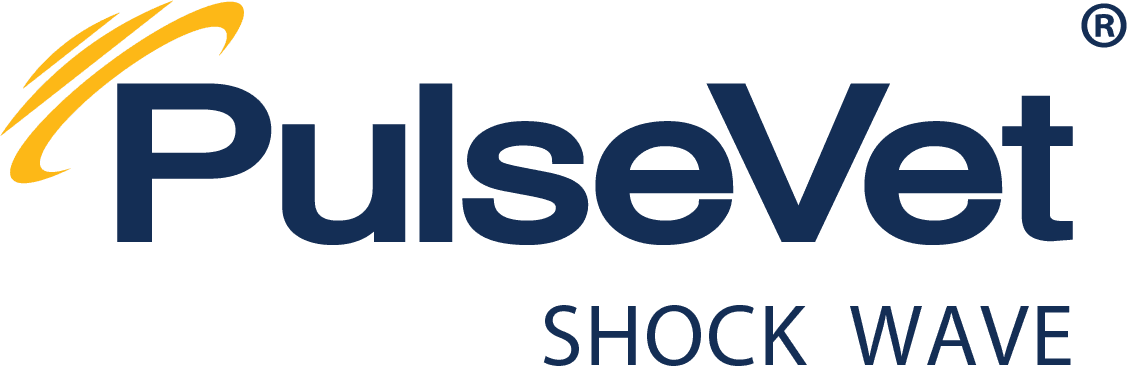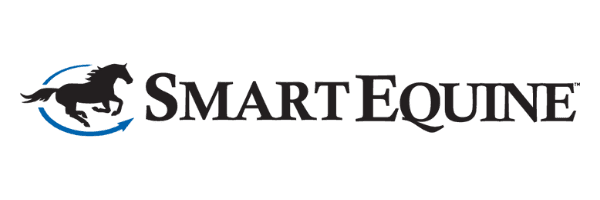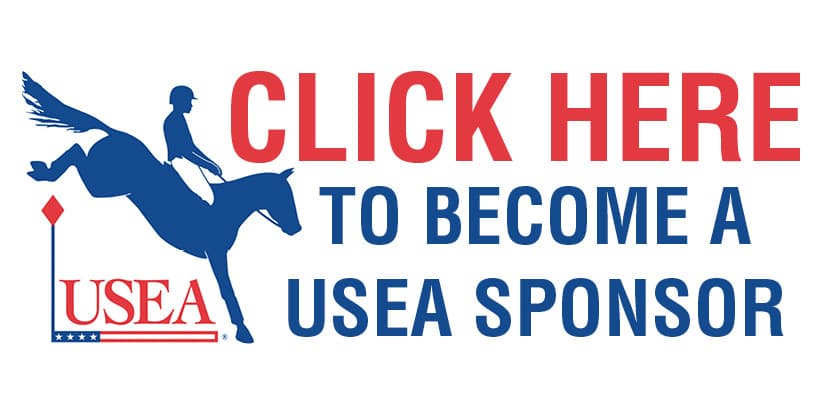Alert: As Screwworm Moves Closer to the United States, Horse Community Should Be on the Lookout

On Sept. 21, 2025, the United States Department of Agriculture announced the confirmation of a New World Screwworm (NWS) case in Nuevo Leon, Mexico, less than 70 miles from the U.S.-Mexico border. This new case is located near a major highway from Monterrey, Mexico to Laredo, Texas, one of the most heavily trafficked commercial thoroughfares in the world. Screwworm was once eradicated from the United States and potential incursion threatens the equine industry.
Why is Protecting the United States from NWS critical? This pest can infest any warmblooded animal, so wildlife, domestic animals, and humans are all at risk. Infestation with screwworm is life-threatening if left untreated.
Here are facts about the NWS life cycle:
- Any opening in the skin the size of a tick bite or larger is susceptible to screwworm
- Female screwworms can lay 200-300 eggs
- Larvae (maggots) burrow into live tissue to feed for up to seven days
- Larvae fall to ground to pupate and adult fly emerges and mate
- Female only mates once, but males mate multiple times
Life cycle is 21 days
The adult female fly is attracted to the smell of an open wound. Activities such as castration increase a horse’s susceptibility to a screwworm infestation. Examining wounds and keeping them clean and treated is critical to protecting horse health.
The maggots burrowing into the live flesh is painful and causes the following clinical signs: Nonhealing wounds, foul smelling discharge, visible larvae (maggots) in the wound, swelling, tissue discoloration or necrosis around the wound, depression, loss of appetite, or lethargy, headshaking or general irritation.
If you see any of these signs, consult your veterinarian immediately and ask them to evaluate your horse and coordinate with state or federal animal health officials on the proper testing and treatment.
Screwworm flies and larvae have characteristic traits that can distinguish them from more common maggots.
The adult fly is slightly larger than common housefly with orange eyes, metallic blue or green body with three dark stripes along its back.
The screwworm larvae have distinctive cylindrical shape that tapers toward a pointed head and widens to a blunt rear end. The larvae have rings of dark spines around their bodies that protrude backwards. These spines help them burrow into living tissue.
A key feature for expert identification is the presence of darkly-pigmented internal tracheal tubes which extend from spiracular plates at the posterior end and allows larvae to breathe while feeding inside a wound.
View additional images of the NWS in all its life stages here: https://www.aphis.usda.gov/livestock-poultry-disease/cattle/ticks/screwworm/new-world-screwworm-photo-gallery
In addition to animal health risks, an incursion has the potential to impact interstate movement and equine events. Once this foreign pest enters the United States, state and federal authorities will initiate eradication efforts. Infested areas may have movement requirements including, but not limited to: veterinary examination prior to movement, certification that horses have no visible wounds, and treatment of horses. Equine events may implement requirements for examination and fly prevention measures.
USEF is working closely with state and federal authorities to develop plans to ensure safe continuation of competitions. However, a robust response to this threat requires everyone to do their part to ensure early detection and treatment of infested horses. Be aware of the threat of screwworm incursion and protect your horse by conducting daily examinations and immediately notifying your veterinarian of any maggots in wounds. Prompt reporting and treatment will ensure successful control of screwworm.



